Revising Versus Editing
Revising Versus Editing
Revising and editing are usually grouped together. When you’re making changes to a rough draft, you typically revise and edit it. However, notice that you revise and edit it. The two words are different tasks and focus on different aspects of writing:
Revising
- Focuses on how effectively writing responds to a prompt and how clearly the supporting ideas develop a main idea
- Considers writing at the content level
- Usually done during the early stages of drafting
- More revisions lead to more drafts
- Considers the written work as a whole
- Clairifies thoughts and ideas
- Considers aspects of writing such as tone and language
- Sometimes involves adding new ideas, elaborating on current ideas, re-arranging the organization of ideas, or condensing ideas
- Ensures that writing is thorough and ideas are developed and well supported
- Considers what ideas belong or do not belong to ensure focused writing
Editing
- Considers mechanical and grammatical aspects of writing
- Usually done during final read throughs, right before submission
- Considers punctuation (i.e., commas, periods, question marks, semicolons, etc.)
- Looks at sentence structures
- Checks for correct spelling
- Reads at the sentence-level
- Does not consider what the sentence says, but how it is written
- Involves correction of typos and other mistakes
- Focuses on surface-level changes
- Does not consider context, content, or the big picture
Page last updated July 12, 2023.


